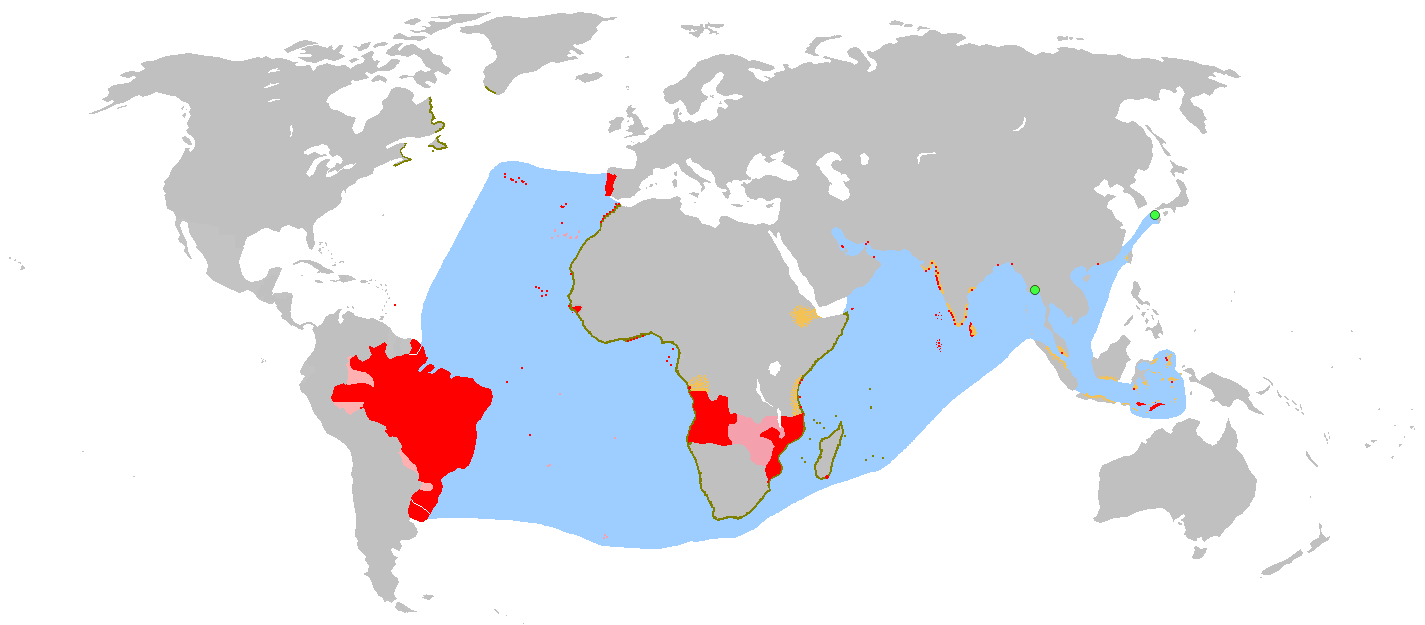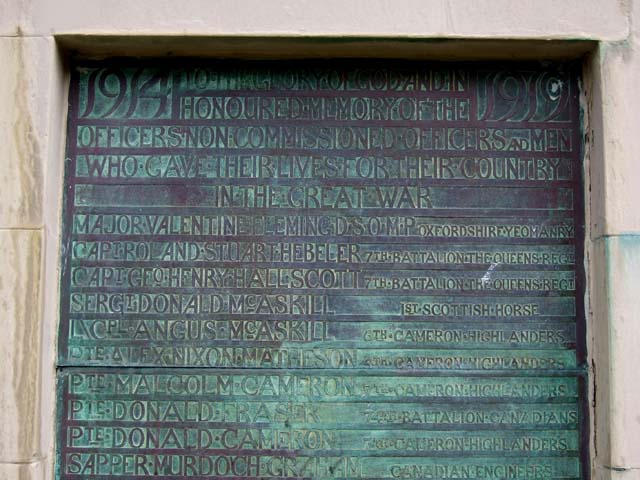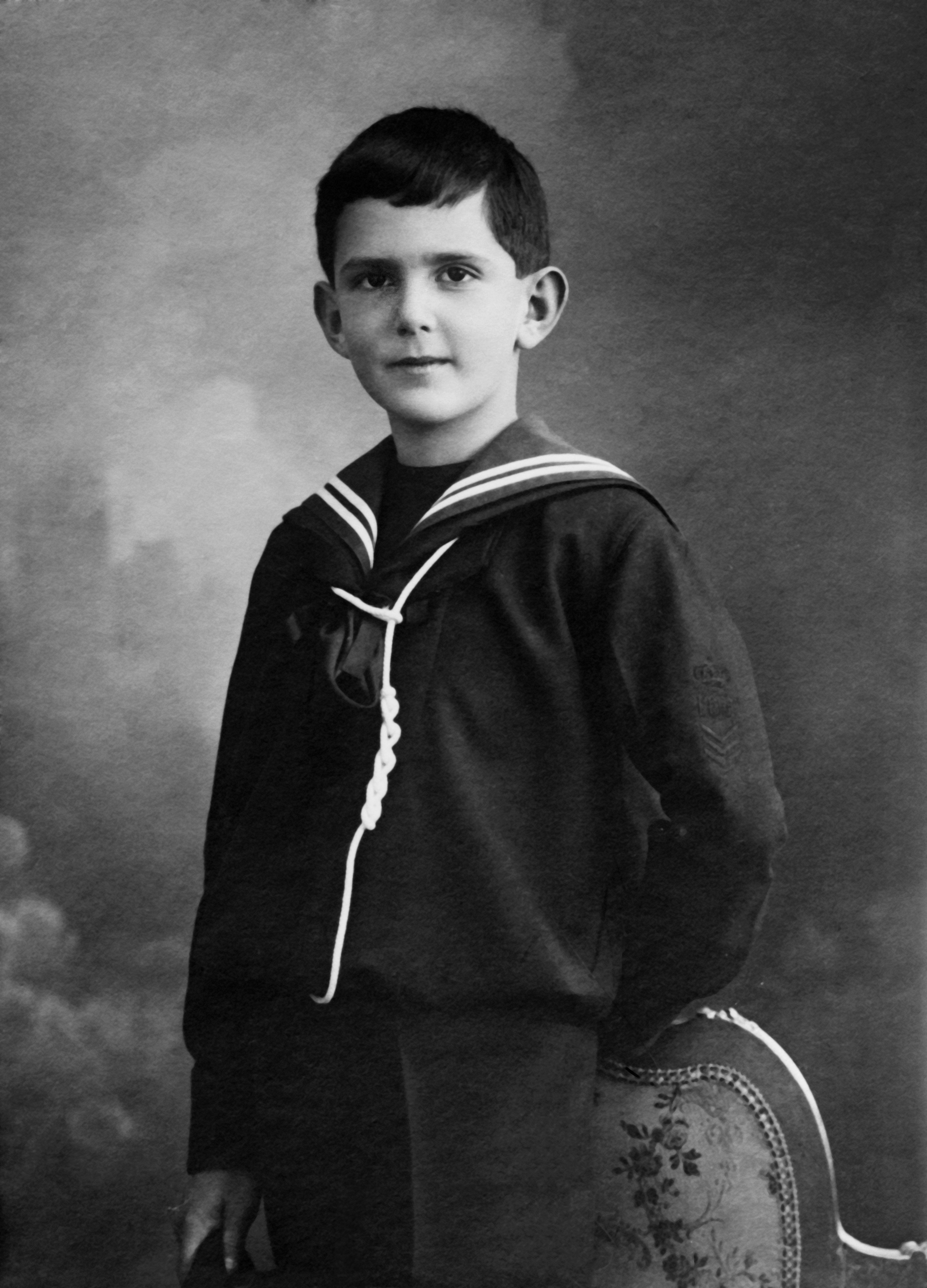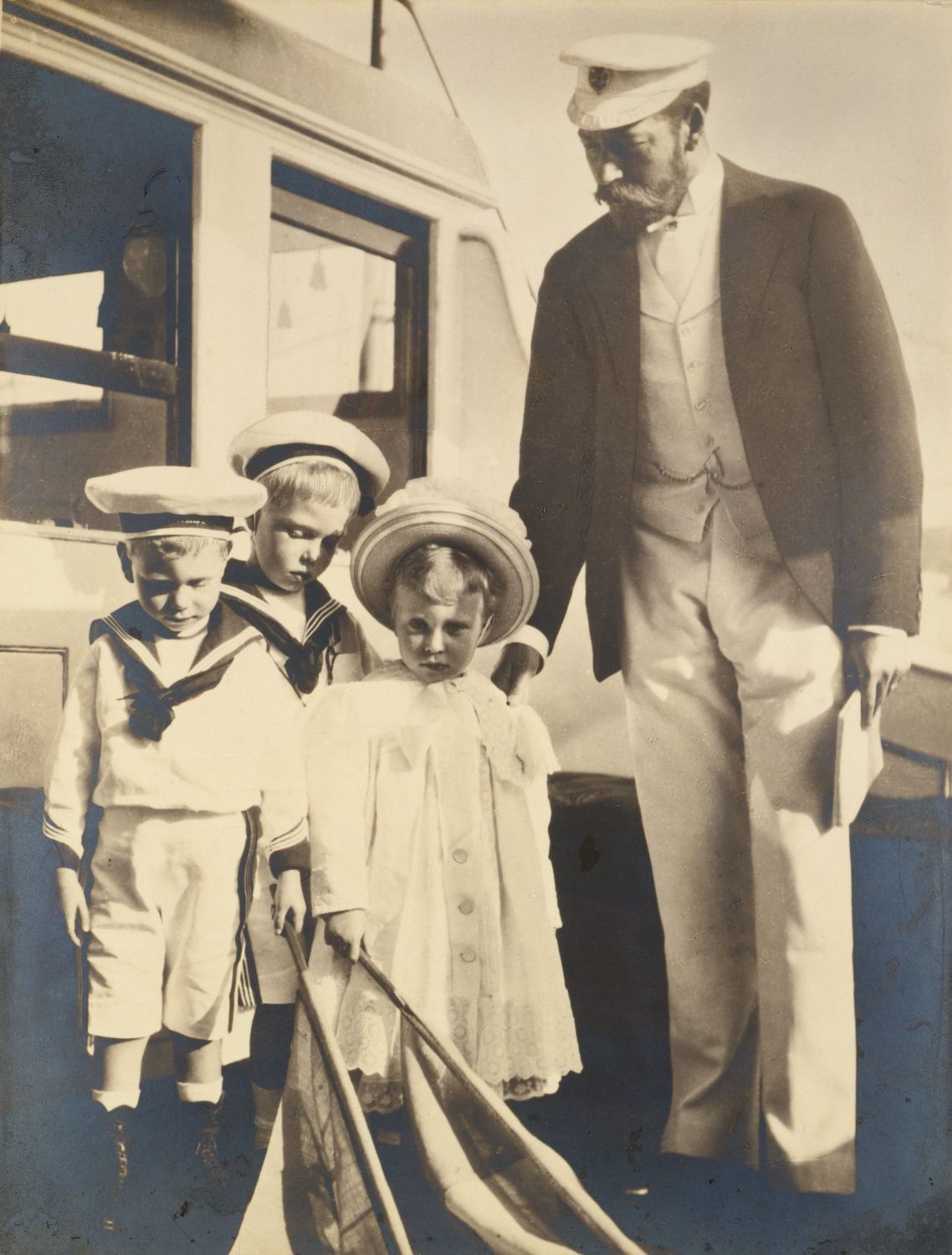|
Estoril Coast
The Portuguese Riviera ( Portuguese: ''Riviera Portuguesa'') is a term used in the tourist industry for the affluent coastal region to the west of Lisbon, Portugal, centered on the coastal municipalities of Cascais (including Estoril), Oeiras and Sintra. It is coterminous with the Estoril Coast (''Costa do Estoril'') and occasionally known as the Costa do Sol (''Sun Coast''). The region is internationally known as a luxury destination for its history as a home of the wealthy, the famous, and European royalty. Cascais, Oeiras and Sintra municipalities consistently rank among the richest municipalities in Portugal. Cascais's history as a center originates in the 1870s, when King Luís I of Portugal and the Portuguese royal family made the seaside town his summer residence, thus attracting members of Portugal's aristocracy, who established a summer community there. During World War II and the Post-War period, the area's royal affiliations intensified, as many heads of European ... [...More Info...] [...Related Items...] OR: [Wikipedia] [Google] [Baidu] |
Riviera
''Riviera'' () is an Italian word which means "coastline", ultimately derived from Latin , through Ligurian . It came to be applied as a proper name to the coast of Liguria, in the form ''Riviera ligure'', then shortened in English. The two areas currently known in English as "the Riviera" without additional qualification are: * the French Riviera (), the southeastern coast of France * the Italian Riviera (), the adjacent northwestern coast of Italy Riviera may also refer to: Africa *Red Sea Riviera, the eastern shore of Egypt America Mexico *Riviera Maya, the Caribbean coast of the Yucatán Peninsula *Mexican Riviera, the southwestern coast of Mexico, including Acapulco *Riviera Nayarit, another part of Pacific coast of Mexico United States * California Riviera, Santa Barbara, California * Florida Riviera, Fort Lauderdale, Florida * Florida Riviera, Sunny Isles Beach, Florida * Irish Riviera, Scituate, Massachusetts Asia *Chinese Riviera, coastal region in Zhuhai, China *Tur ... [...More Info...] [...Related Items...] OR: [Wikipedia] [Google] [Baidu] |
Luís I Of Portugal
Dom Luís I (31 October 1838, in Lisbon – 19 October 1889, in Cascais), known as The Popular (Portuguese: O Popular) was a member of the ruling House of Braganza,"While remaining patrilineal dynasts of the House of Saxe-Coburg and Gotha according to pp. 88, 116 of the 1944 ''Almanach de Gotha'', Title 1, Chapter 1, Article 5 of th1838 Portuguese constitutiondeclared, with respect to Ferdinand II of Portugal's issue by his first wife, that 'the Most Serene House of Braganza is the reigning house of Portugal and continues through the Person of the Lady Queen Maria II'. Thus their mutual descendants constitute the Coburg line of the House of Braganza" and King of Portugal from 1861 to 1889. The second son of Queen Maria II and her consort, King Ferdinand, he acceded to the throne upon the death of his elder brother King Pedro V. Reign Luís was a cultured man who wrote vernacular poetry, but had no distinguishing gifts in the politics into which he was thrust by the death of h ... [...More Info...] [...Related Items...] OR: [Wikipedia] [Google] [Baidu] |
Pena Palace
The Pena Palace ( pt, Palácio da Pena) is a Romanticist castle in São Pedro de Penaferrim, in the municipality of Sintra, on the Portuguese Riviera. The castle stands on the top of a hill in the Sintra Mountains above the town of Sintra, and on a clear day it can be easily seen from Lisbon and much of its metropolitan area. It is a national monument and constitutes one of the major expressions of 19th-century Romanticism in the world. The palace is a UNESCO World Heritage Site and one of the Seven Wonders of Portugal. It is also used for state occasions by the President of the Portuguese Republic and other government officials. History The castle's history started in the Middle Ages when a chapel dedicated to ''Our Lady of Pena'' was built on the top of the hill above Sintra. According to tradition, construction occurred after an apparition of the Virgin Mary. In 1493, King John II, accompanied by his wife Queen Leonor, made a pilgrimage to the site to fulfill a vow. ... [...More Info...] [...Related Items...] OR: [Wikipedia] [Google] [Baidu] |
Fernando II Of Portugal
''Dom'' Ferdinand II (Portuguese: ''Fernando II'') (29 October 1816 – 15 December 1885) was a German prince of the House of Saxe-Coburg and Gotha-Koháry, and King of Portugal '' jure uxoris'' as the husband of Queen Maria II, from the birth of their first son in 1837 to her death in 1853. In keeping with Portuguese law, only after the birth of his son in 1837 did he acquire the title of king. Ferdinand's reign came to an end with the death of his wife in 1853, but he served as regent for his son and successor, King Pedro V, until 1855. He retained the style and title of king even after the death of Maria II and her succession by their children Pedro V and then Luís I. His sons were kings regnants, while Ferdinand himself was a king-father during their reigns. Early life Born Ferdinand August Franz Anton in Vienna, he was the eldest son of Prince Ferdinand of Saxe-Coburg-Saalfeld and his wife Princess Maria Antonia Koháry de Csábrág et Szitnya, heiress to the House of ... [...More Info...] [...Related Items...] OR: [Wikipedia] [Google] [Baidu] |
Portuguese Renaissance
The Portuguese Renaissance refers to the cultural and artistic movement in Portugal during the 15th and 16th centuries. Though the movement coincided with the Spanish and Italian Renaissances, the Portuguese Renaissance was largely separate from other European Renaissances and instead was extremely important in opening Europe to the unknown and bringing a more worldly view to those European Renaissances, as at the time the Portuguese Empire spanned the globe. As the pioneer of the Age of Discoveries, Portugal flourished in the 15th, 16th, and 17th centuries, with voyages to India, the Orient, the Americas, and Africa. This immense trade network would create an extremely wealthy Portuguese nobility and monarchy, that would become patrons for an immense flourishing of culture, arts, and technology in Portugal and all over the world. Context Diplomats, merchants, students, humanists, scholars, and artists, from all over Europe, were drawn to Portugal during its Renaissance. The ma ... [...More Info...] [...Related Items...] OR: [Wikipedia] [Google] [Baidu] |
James Bond
The ''James Bond'' series focuses on a fictional British Secret Service agent created in 1953 by writer Ian Fleming, who featured him in twelve novels and two short-story collections. Since Fleming's death in 1964, eight other authors have written authorised Bond novels or novelisations: Kingsley Amis, Christopher Wood, John Gardner, Raymond Benson, Sebastian Faulks, Jeffery Deaver, William Boyd, and Anthony Horowitz. The latest novel is ''With a Mind to Kill'' by Anthony Horowitz, published in May 2022. Additionally Charlie Higson wrote a series on a young James Bond, and Kate Westbrook wrote three novels based on the diaries of a recurring series character, Moneypenny. The character—also known by the code number 007 (pronounced "double-oh-seven")—has also been adapted for television, radio, comic strip, video games and film. The films are one of the longest continually running film series and have grossed over US$7.04 billion in total at the box office ... [...More Info...] [...Related Items...] OR: [Wikipedia] [Google] [Baidu] |
Ian Fleming
Ian Lancaster Fleming (28 May 1908 – 12 August 1964) was a British writer who is best known for his postwar ''James Bond'' series of spy novels. Fleming came from a wealthy family connected to the merchant bank Robert Fleming & Co., and his father was the Member of Parliament (MP) for Henley from 1910 until his death on the Western Front in 1917. Educated at Eton, Sandhurst, and, briefly, the universities of Munich and Geneva, Fleming moved through several jobs before he started writing. While working for Britain's Naval Intelligence Division during the Second World War, Fleming was involved in planning Operation Goldeneye and in the planning and oversight of two intelligence units, 30 Assault Unit and T-Force. He drew from his wartime service and his career as a journalist for much of the background, detail, and depth of his James Bond novels. Fleming wrote his first Bond novel, '' Casino Royale'', in 1952. It was a success, with three print runs being commissio ... [...More Info...] [...Related Items...] OR: [Wikipedia] [Google] [Baidu] |
Espionage
Espionage, spying, or intelligence gathering is the act of obtaining secret or confidential information (intelligence) from non-disclosed sources or divulging of the same without the permission of the holder of the information for a tangible benefit. A person who commits espionage is called an ''espionage agent'' or ''spy''. Any individual or spy ring (a cooperating group of spies), in the service of a government, company, criminal organization, or independent operation, can commit espionage. The practice is clandestine, as it is by definition unwelcome. In some circumstances, it may be a legal tool of law enforcement and in others, it may be illegal and punishable by law. Espionage is often part of an institutional effort by a government or commercial concern. However, the term tends to be associated with state spying on potential or actual enemies for military purposes. Spying involving corporations is known as industrial espionage. One of the most effective ways to gath ... [...More Info...] [...Related Items...] OR: [Wikipedia] [Google] [Baidu] |
Umberto II Of Italy
en, Albert Nicholas Thomas John Maria of Savoy , house = Savoy , father = Victor Emmanuel III of Italy , mother = Princess Elena of Montenegro , birth_date = , birth_place = Racconigi, Piedmont, Kingdom of Italy , death_date = , death_place = Geneva, Switzerland , burial_place = Hautecombe Abbey, France , religion = Roman Catholicism , signature = UmbertoII.signature.png , signature_alt = Umberto II of Italy signature Umberto II, full name Umberto Nicola Tommaso Giovanni Maria di Savoia (15 September 190418 March 1983), was the last King of Italy. He reigned for 34 days, from 9 May 1946 to 12 June 1946, although he had been ''de facto'' head of state since 1944 and was nicknamed the May King ( it, Re di Maggio). Umberto was the only son among the five children of King Victor Emmanuel III and Queen Elena. In an effort to repair the monarchy's image after the fall of Benito Mussolini's regime, Victor Emmanuel transferred his powers to ... [...More Info...] [...Related Items...] OR: [Wikipedia] [Google] [Baidu] |
Juan Carlos I Of Spain
Juan Carlos I (;, * ca, Joan Carles I, * gl, Xoán Carlos I, Juan Carlos Alfonso Víctor María de Borbón y Borbón-Dos Sicilias, born 5 January 1938) is a member of the Spanish royal family who reigned as King of Spain from 22 November 1975 until his abdication on 19 June 2014. In Spain, since his abdication, Juan Carlos has usually been referred to as the ('King Emeritus'). Juan Carlos is the grandson of Alfonso XIII, the last king of Spain before the abolition of the monarchy in 1931 and the subsequent declaration of the Second Spanish Republic. Juan Carlos was born in Rome during his family's exile. Francisco Franco took over the government of Spain after his victory in the Spanish Civil War in 1939, yet in 1947 Spain's status as a monarchy was affirmed and a law was passed allowing Franco to choose his successor. Juan Carlos's father, Infante Juan, Count of Barcelona, was the third son of King Alfonso XIII and assumed his claims to the throne after Alfonso d ... [...More Info...] [...Related Items...] OR: [Wikipedia] [Google] [Baidu] |
Edward VIII Of The United Kingdom
Edward VIII (Edward Albert Christian George Andrew Patrick David; 23 June 1894 – 28 May 1972), later known as the Duke of Windsor, was King of the United Kingdom and the Dominions of the British Empire and Emperor of India from 20 January 1936 until his abdication in December of the same year. Edward was born during the reign of his great-grandmother Queen Victoria as the eldest child of the Duke and Duchess of York, later King George V and Queen Mary. He was created Prince of Wales on his 16th birthday, seven weeks after his father succeeded as king. As a young man, Edward served in the British Army during the First World War and undertook several overseas tours on behalf of his father. While Prince of Wales, he engaged in a series of sexual affairs that worried both his father and then-British prime minister Stanley Baldwin. Upon his father's death in 1936, Edward became the second monarch of the House of Windsor. The new king showed impatience with court protocol, and ... [...More Info...] [...Related Items...] OR: [Wikipedia] [Google] [Baidu] |
Post-war
In Western usage, the phrase post-war era (or postwar era) usually refers to the time since the end of World War II. More broadly, a post-war period (or postwar period) is the interval immediately following the end of a war. A post-war period can become an interwar period or interbellum, when a war between the same parties resumes at a later date (such as the period between World War I and World War II). By contrast, a post-war period marks the cessation of armed conflict entirely. Post–World War II Chronology of the post–World War II era The term "post-war" can have different meanings in different countries and refer to a period determined by local considerations based on the effect of the war there. Some examples of post-war events are (in chronological order) ;The Cold War (1947–1991) The Cold War was a geopolitical conflict between the capitalist and liberal democratic United States of America, the authoritarian and Communist Marxist–Leninist Union of Soviet Soc ... [...More Info...] [...Related Items...] OR: [Wikipedia] [Google] [Baidu] |
.jpg)
.png)







_-_Fondo_Marín-Kutxa_Fototeka.jpg)
